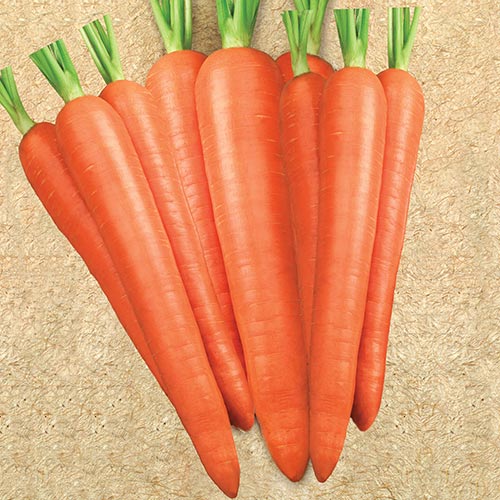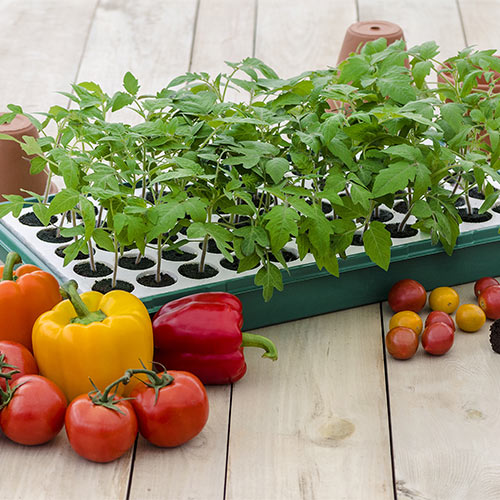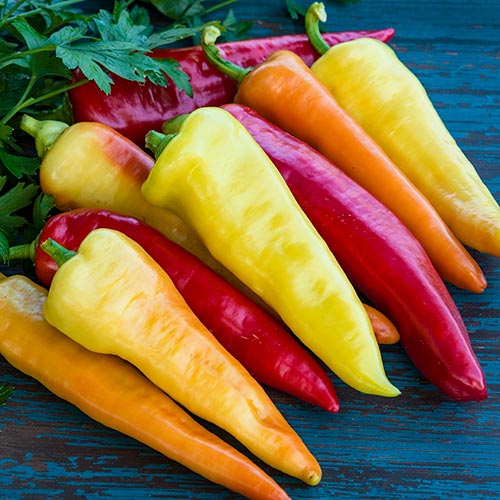With as much as I love carrots– and the bags we eat of them every week- you’d think I’d have…
Tag: vegetable seeds
How to Plant Your Own Garden Seeds
Every spring, you head down to the local nursery to buy the plants you carefully selected during your winter hibernation. The joy of seeing the plants you will nurture and enjoy is often marred by the jolt you receive when the cashier gives you the total price of your new garden! Thankfully, there’s a way to avoid sticker shock; you can start seeds at home. Not only does starting your own seeds save you a ton of money, it opens up your seed choices considerably.
Hardening Off Seed-Grown Plants in the Spring
You’ve your seeds sprout, grow true leaves and get taller. In your controlled environment, your seedlings have enjoyed a relatively stress-free life, protected from the heat, cold, wind and rain. Without elemental exposure, your little seedlings lack the hardiness to be successfully transplanted; but you can change all that by starting the hardening-off process on your own.
Sowing Your Own Seeds – Part II
To sprout, most seeds prefer a temperature between 70 and 85 degrees (for specific temperatures, see the back of your seed packet). Seeds can be kept in any place that offers warmth. Windowsills can also work, but be sure to check them for drafts that could potentially end your seedling’s short life.
Seed Starting Tips from the experts at Gurney’s
I love starting seeds. It’s a lot cheaper than buying transplants, and there’s nothing better to us gardeners than watching something grow from a tiny speck into a full mature plant. I’ve always considered it the “second” or intermediate stage of gardening. If you’re a new gardener, chances are, you’re starting with plants and flower bulbs, because they’re so simple.



